Home>Furniture & Design>Bathroom Accessories>How To Not Slip In The Bathtub


Bathroom Accessories
How To Not Slip In The Bathtub
Modified: October 20, 2024
Learn how to prevent slipping in the bathtub with our range of bathroom accessories. Stay safe and secure with our anti-slip solutions.
(Many of the links in this article redirect to a specific reviewed product. Your purchase of these products through affiliate links helps to generate commission for Storables.com, at no extra cost. Learn more)
Introduction
The bathroom is a sanctuary for relaxation and rejuvenation, but it can also pose potential hazards, especially when it comes to slipping in the bathtub. Every year, countless individuals experience accidents and injuries due to slippery surfaces in the bathroom, making it crucial to address this issue proactively. Whether you're a caregiver looking out for a loved one or simply seeking to enhance your own safety, understanding the causes of slipping in the bathtub and implementing effective preventive measures is paramount.
In this comprehensive guide, we will delve into the various factors that contribute to slipping in the bathtub and explore practical tips for creating a safer bathing environment. From choosing the right non-slip products to maintaining a secure bathroom setting, we will cover everything you need to know to minimize the risk of accidents and ensure peace of mind during every bath or shower.
So, if you've ever experienced the anxiety of stepping into a slippery bathtub or if you're simply looking to fortify your bathroom with safety measures, this guide is tailored to equip you with the knowledge and tools necessary to prevent slipping in the bathtub. Let's embark on this journey to transform your bathroom into a secure and tranquil space where you can bathe with confidence and serenity.
Key Takeaways:
- Slippery bathtubs can be dangerous due to smooth surfaces, residue build-up, inadequate traction, water splashing, and footwear issues. Prevent accidents by using non-slip products, grab bars, and maintaining a dry environment.
- To stay safe in the bathtub, use non-slip mats, coatings, grab bars, and shower chairs. Regular cleaning, good lighting, and caution can help prevent accidents and maintain a secure bathing environment.
Read more: How To Clean Non-Slip Bathtub
Understanding the Causes of Slipping in the Bathtub
Slipping in the bathtub can occur due to various factors, and understanding these causes is essential for implementing effective preventive measures. Here are the primary reasons why slipping in the bathtub is a common occurrence:
-
Surface Smoothness: The smooth surface of bathtubs, especially those made of porcelain or enamel, can become extremely slippery when wet. This is particularly hazardous when combined with soapy water, creating a treacherous environment for bathers.
-
Residue Build-Up: Over time, soap scum, mineral deposits, and oils can accumulate on the bathtub surface, diminishing its traction and increasing the likelihood of slipping. This build-up is often invisible, making it even more challenging to detect and address.
-
Inadequate Traction: Some bathtubs lack sufficient built-in traction, such as textured surfaces or non-slip materials, further exacerbating the risk of slipping, especially for individuals with mobility issues or balance concerns.
-
Water Splashing: During a bath or shower, water can splash onto the floor surrounding the bathtub, creating a slippery surface that extends beyond the tub itself. This can pose a hazard when stepping in or out of the bath.
-
Footwear and Balance: Many individuals wear smooth or unsupportive footwear in the bathroom, which can compromise their stability on wet surfaces. Additionally, factors such as age, physical condition, and balance issues can increase the likelihood of slipping.
By recognizing these causes, individuals can take proactive steps to address each factor and minimize the risk of slipping in the bathtub. The following section will delve into practical tips for preventing slipping in the bathtub, offering actionable strategies to enhance safety and peace of mind in the bathroom.
Tips for Preventing Slipping in the Bathtub
Preventing slipping in the bathtub is paramount for ensuring a safe and secure bathing experience. Fortunately, there are several practical tips that individuals can implement to minimize the risk of accidents and enhance bathroom safety:
-
Use Non-Slip Mats or Decals: Placing non-slip mats or decals inside the bathtub provides an immediate and effective solution for improving traction. These products are designed to adhere to the bathtub surface, offering a textured and slip-resistant area for bathers to stand on. Additionally, non-slip mats come in various sizes and designs, allowing individuals to choose options that best suit their bathtub and personal preferences.
-
Apply Non-Slip Coatings: Non-slip coatings can be applied to the bathtub surface to enhance traction and reduce the risk of slipping. These coatings create a textured layer that improves grip, especially when the bathtub becomes wet. It's essential to follow the manufacturer's instructions when applying non-slip coatings to ensure optimal effectiveness and durability.
-
Install Grab Bars: Installing grab bars near the bathtub provides valuable support and stability for individuals getting in and out of the bath. These bars can be strategically placed to assist with balance and leverage, reducing the likelihood of slipping or falling. It's crucial to ensure that grab bars are securely mounted to the wall and capable of supporting the user's weight.
-
Use a Shower Chair or Bench: For individuals who experience difficulty standing for extended periods or have balance concerns, using a shower chair or bench can significantly enhance safety. These seating options allow bathers to sit comfortably while bathing, minimizing the need to navigate a potentially slippery surface.
-
Keep the Bathtub Area Dry: After bathing, it's important to thoroughly dry the bathtub and surrounding floor to remove any residual water. Using a squeegee or absorbent towels can help eliminate excess moisture, reducing the risk of slipping when entering or exiting the bathtub.
-
Wear Non-Slip Footwear: Choosing footwear with non-slip soles specifically designed for wet environments can greatly improve stability in the bathroom. Non-slip slippers or sandals provide additional traction and support, especially for individuals with mobility challenges.
-
Exercise Caution and Awareness: Practicing mindfulness and caution when moving in the bathroom is crucial for preventing accidents. Being aware of potential hazards, moving deliberately, and using handrails or support when needed can significantly reduce the risk of slipping.
By incorporating these practical tips into your bathroom routine, you can create a safer and more secure environment, minimizing the risk of slipping in the bathtub and promoting peace of mind during every bathing experience.
Choosing the Right Non-Slip Products
When it comes to enhancing safety in the bathroom and preventing slipping in the bathtub, selecting the right non-slip products is crucial. With a myriad of options available, individuals can choose from various non-slip solutions to suit their specific needs and preferences. Here's a detailed exploration of the key non-slip products that can effectively mitigate the risk of accidents in the bathtub:
Non-Slip Mats and Decals
Non-slip mats and decals are versatile and practical solutions for improving traction inside the bathtub. These products are designed with textured surfaces that provide a secure footing, reducing the likelihood of slipping on wet and soapy surfaces. Non-slip mats come in different sizes and shapes, allowing individuals to select options that perfectly fit their bathtub. Additionally, they are often equipped with suction cups or adhesive backing to ensure a stable and secure placement, offering peace of mind during each use.
Read more: How To Make Your Bathtub Non-Slip
Non-Slip Coatings
Non-slip coatings are applied directly to the bathtub surface to create a textured layer that enhances grip and traction. These coatings are specifically formulated to withstand water exposure and provide a durable non-slip surface, even when wet. By following the manufacturer's instructions for application, individuals can effectively transform their bathtub into a safer environment, significantly reducing the risk of slipping and falling.
Adhesive Strips
Adhesive strips are another popular choice for enhancing bathtub safety. These strips feature a non-slip surface and are designed to adhere securely to the bathtub floor, creating a reliable and textured area for standing. Adhesive strips offer a customizable solution, allowing users to arrange them according to their preferred layout and coverage. They are easy to install and provide an immediate non-slip benefit, making them a convenient option for individuals seeking a quick and effective safety enhancement.
Non-Slip Shower Mats
Non-slip shower mats are designed to be placed outside the bathtub, providing a secure and slip-resistant surface for individuals stepping in and out of the bath. These mats are particularly beneficial in preventing slips caused by water splashing onto the bathroom floor. With their textured and water-draining design, non-slip shower mats offer an additional layer of safety, complementing the non-slip solutions inside the bathtub.
By carefully considering these non-slip products and selecting the options that best align with their specific requirements, individuals can effectively fortify their bathtub with reliable safety measures, ensuring a secure and worry-free bathing experience.
Maintaining a Safe Environment in the Bathroom
Ensuring a safe environment in the bathroom is an ongoing commitment that requires attention to detail and proactive maintenance. By implementing regular practices and making thoughtful adjustments, individuals can uphold a secure and hazard-free space for bathing and personal care. Here are essential strategies for maintaining a safe environment in the bathroom:
Read more: How To Remove Non-Slip Stickers From Bathtub
Regular Cleaning and Maintenance
Consistent cleaning is fundamental to preventing the build-up of slippery substances such as soap scum, mineral deposits, and oils on the bathtub surface. Using non-abrasive cleaners and scrubbing tools, individuals can effectively remove residue that diminishes traction, thereby reducing the risk of slipping. Additionally, maintaining clean and dry floors around the bathtub area is crucial for preventing water-related hazards. Regular inspection of faucets, showerheads, and drainage systems can help identify and address potential leaks or water accumulation, contributing to a safer bathroom environment.
Adequate Lighting
Proper illumination in the bathroom is essential for enhancing visibility and reducing the likelihood of accidents. Well-lit spaces enable individuals to navigate the bathroom with confidence, identify potential hazards, and ensure secure footing when entering or exiting the bathtub. Installing bright and strategically positioned lighting fixtures, including overhead lights and task lighting near the bathtub, can significantly improve safety and create a welcoming ambiance.
Temperature Regulation
Maintaining appropriate water temperature is critical for preventing scalding and ensuring comfort during bathing. Setting the water heater to a safe temperature and installing anti-scald devices can protect individuals, particularly children and the elderly, from accidental burns. By regulating water temperature, individuals can mitigate the risk of injuries and create a more secure bathing environment.
Accessibility and Organization
Organizing bathroom essentials and ensuring accessibility to commonly used items can contribute to a clutter-free and safe space. Storing toiletries, towels, and bath accessories in designated areas minimizes the risk of tripping or slipping on scattered items. Additionally, installing grab bars, adjustable showerheads, and handheld sprayers can enhance accessibility for individuals with varying mobility needs, promoting independence and safety during bathing.
Routine Safety Checks
Conducting routine safety checks in the bathroom allows individuals to identify and address potential hazards promptly. Inspecting the condition of non-slip products, grab bars, and other safety features ensures their effectiveness and longevity. Furthermore, checking for loose tiles, damaged flooring, or any signs of water damage can help prevent accidents and maintain a secure bathroom environment.
By integrating these practices into their bathroom care routine, individuals can uphold a safe and welcoming environment, minimizing the risk of slipping and promoting peace of mind for all users. Regular attention to these aspects fosters a proactive approach to bathroom safety, ensuring that the space remains a sanctuary for relaxation and personal care.
Conclusion
In conclusion, the safety of individuals in the bathroom, particularly in the bathtub, is of paramount importance. The potential hazards associated with slipping in the bathtub can lead to severe injuries and compromise the overall well-being of individuals. By understanding the causes of slipping, implementing practical preventive measures, choosing the right non-slip products, and maintaining a safe bathroom environment, individuals can significantly reduce the risk of accidents and create a secure bathing space.
The causes of slipping in the bathtub, including smooth surfaces, residue build-up, inadequate traction, water splashing, and footwear and balance considerations, underscore the need for proactive safety measures. By recognizing these factors, individuals can take targeted steps to address each issue and minimize the risk of slipping.
The tips for preventing slipping in the bathtub offer actionable strategies for enhancing safety, such as using non-slip mats or decals, applying non-slip coatings, installing grab bars, using a shower chair or bench, keeping the bathtub area dry, wearing non-slip footwear, and exercising caution and awareness. These practical tips empower individuals to fortify their bathroom with effective safety measures, ensuring a secure and worry-free bathing experience.
Choosing the right non-slip products, including mats, coatings, adhesive strips, and shower mats, provides individuals with a diverse range of options to enhance traction and minimize the risk of slipping in the bathtub. By carefully considering these products and selecting those that align with their specific needs, individuals can fortify their bathtub with reliable safety measures.
Maintaining a safe environment in the bathroom through regular cleaning and maintenance, adequate lighting, temperature regulation, accessibility and organization, and routine safety checks is essential for upholding a secure and welcoming space for personal care and relaxation. These practices contribute to a proactive approach to bathroom safety, ensuring that the space remains free from potential hazards.
In essence, by incorporating the insights and strategies outlined in this guide, individuals can transform their bathroom into a secure and tranquil space where they can bathe with confidence and serenity. Prioritizing safety in the bathtub not only mitigates the risk of accidents but also fosters a sense of well-being and peace of mind for all users. With a proactive and informed approach, individuals can enjoy the benefits of a safe and secure bathing environment, promoting a positive and nurturing experience in the bathroom.
Frequently Asked Questions about How To Not Slip In The Bathtub
Was this page helpful?
At Storables.com, we guarantee accurate and reliable information. Our content, validated by Expert Board Contributors, is crafted following stringent Editorial Policies. We're committed to providing you with well-researched, expert-backed insights for all your informational needs.
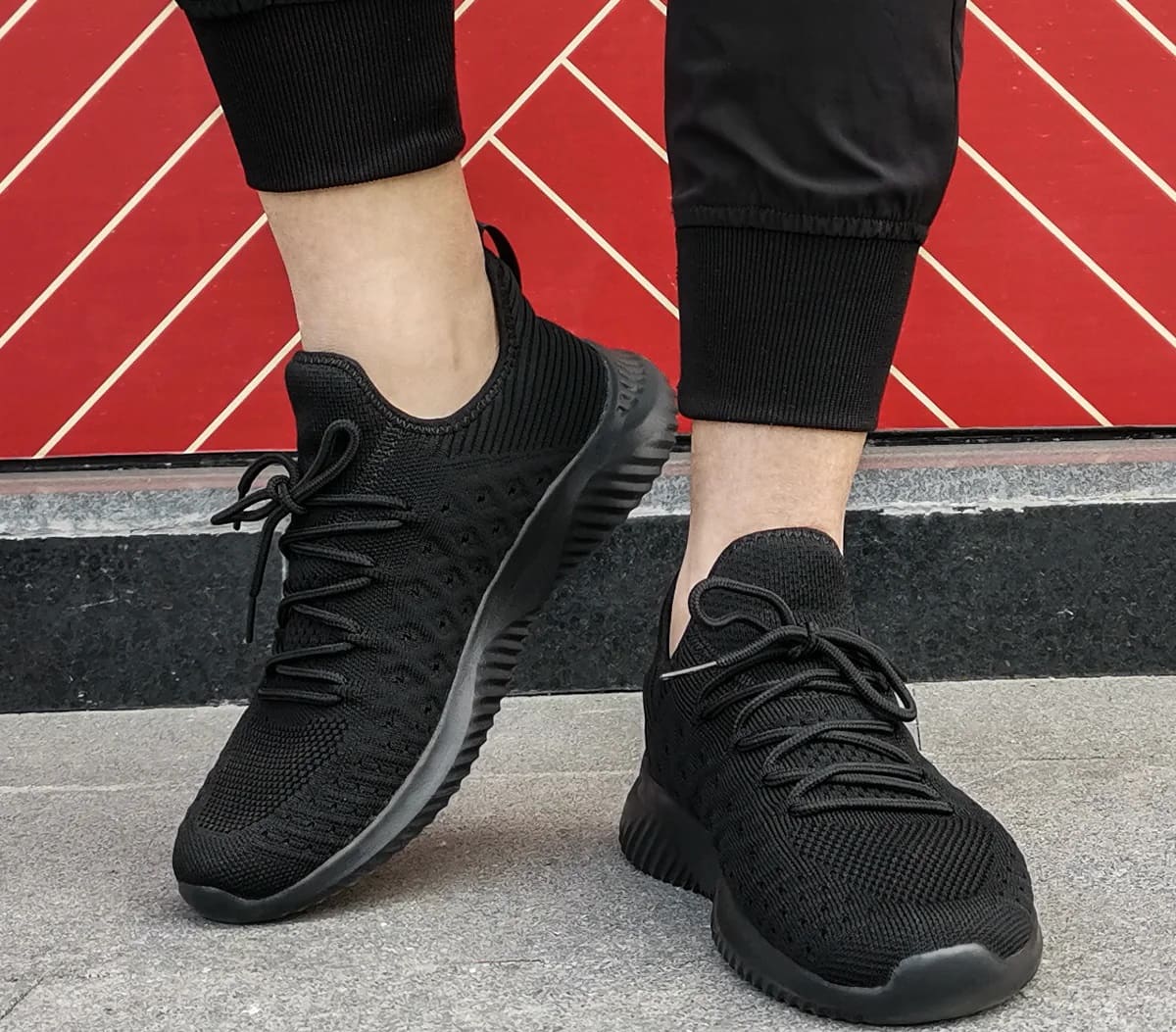
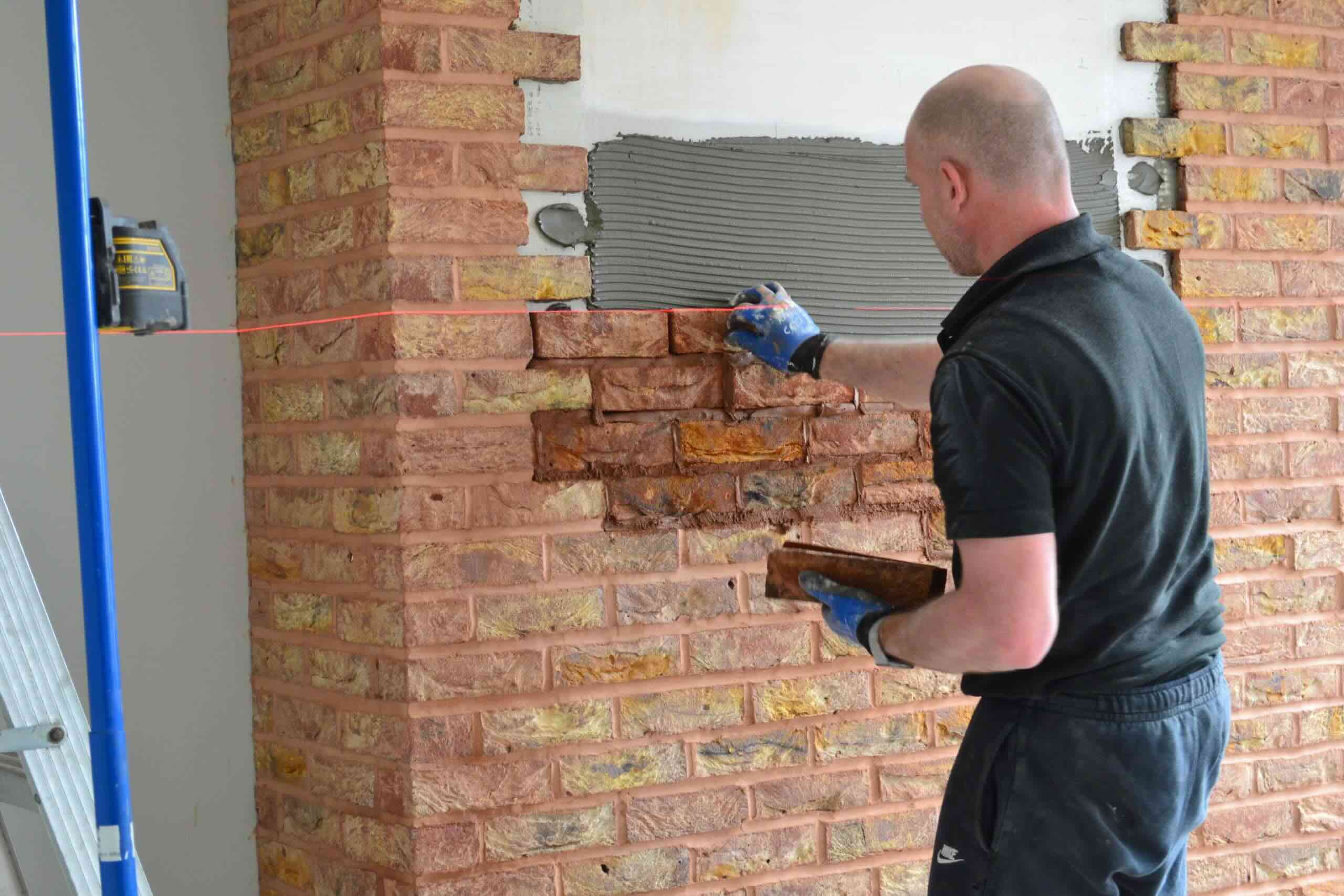
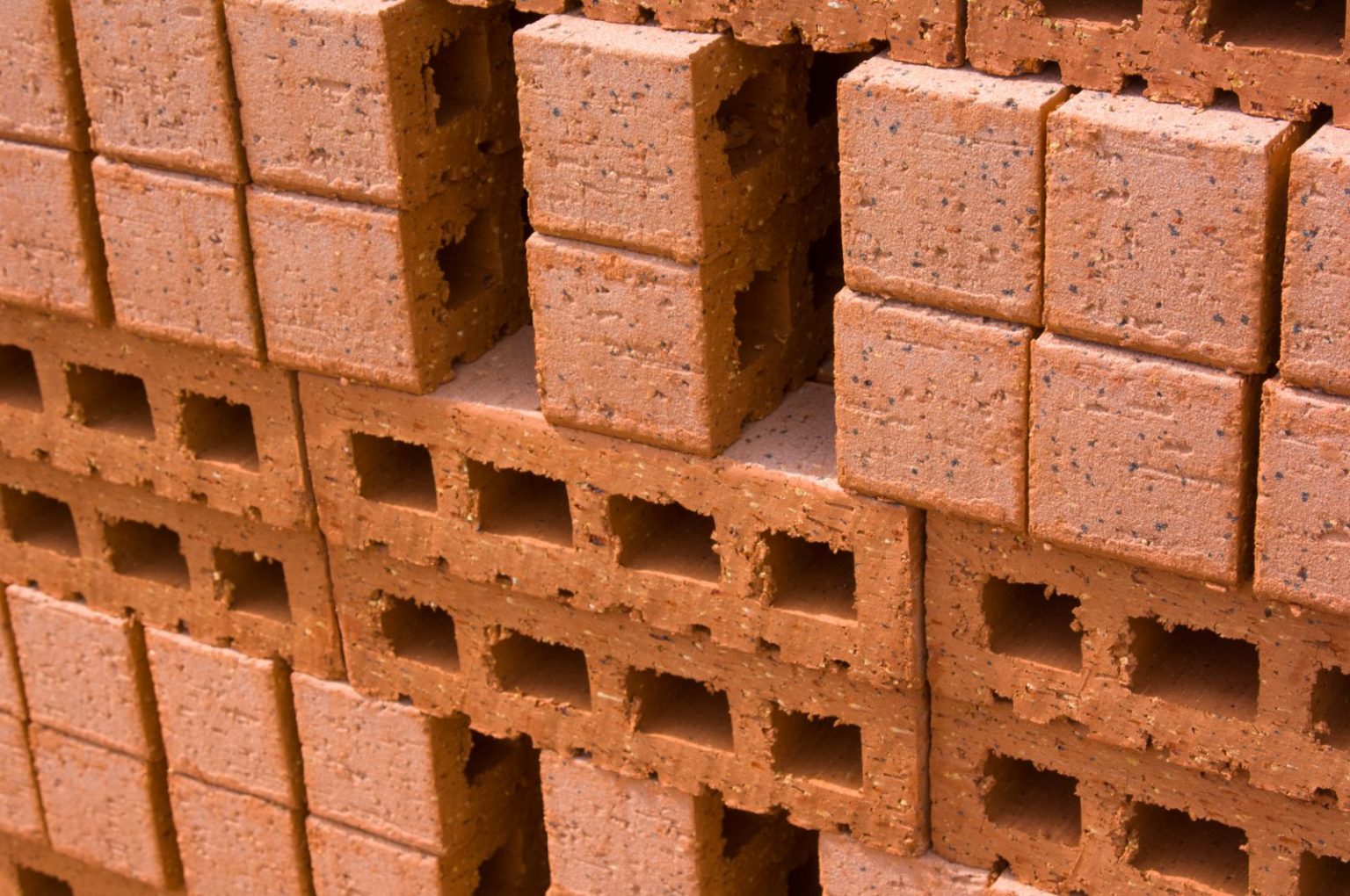
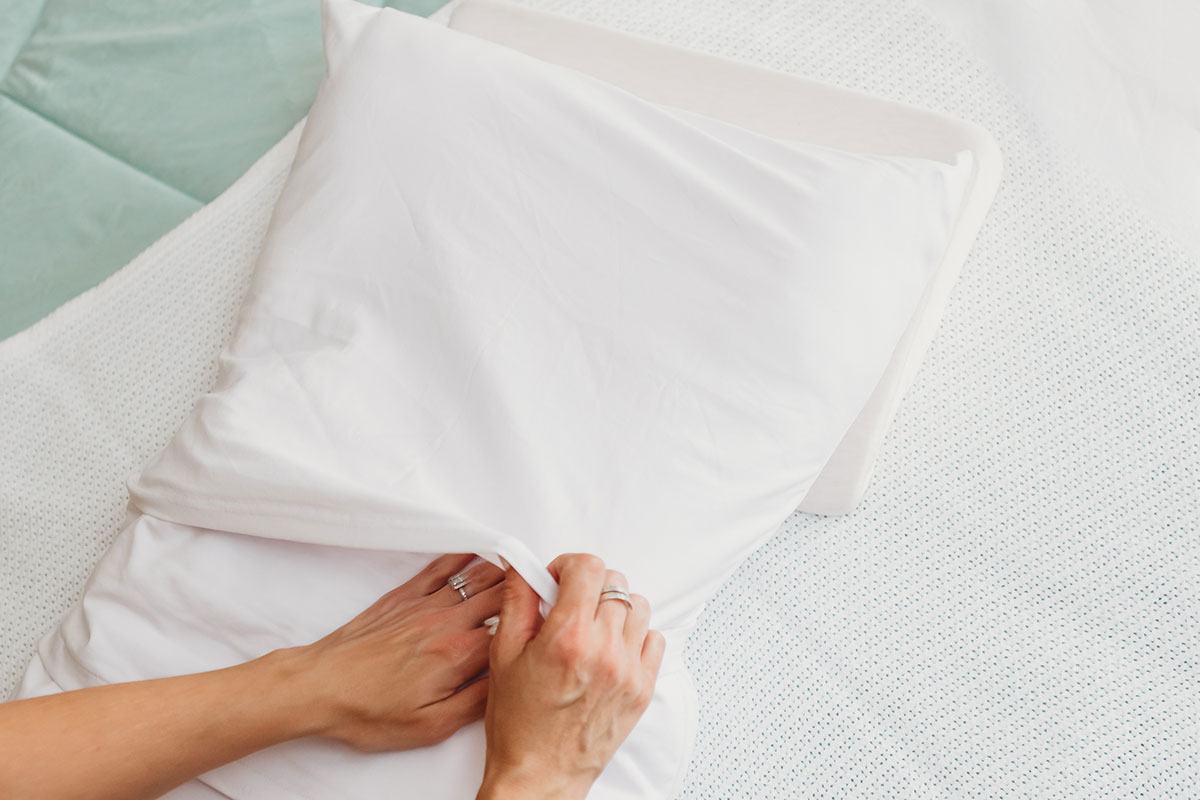
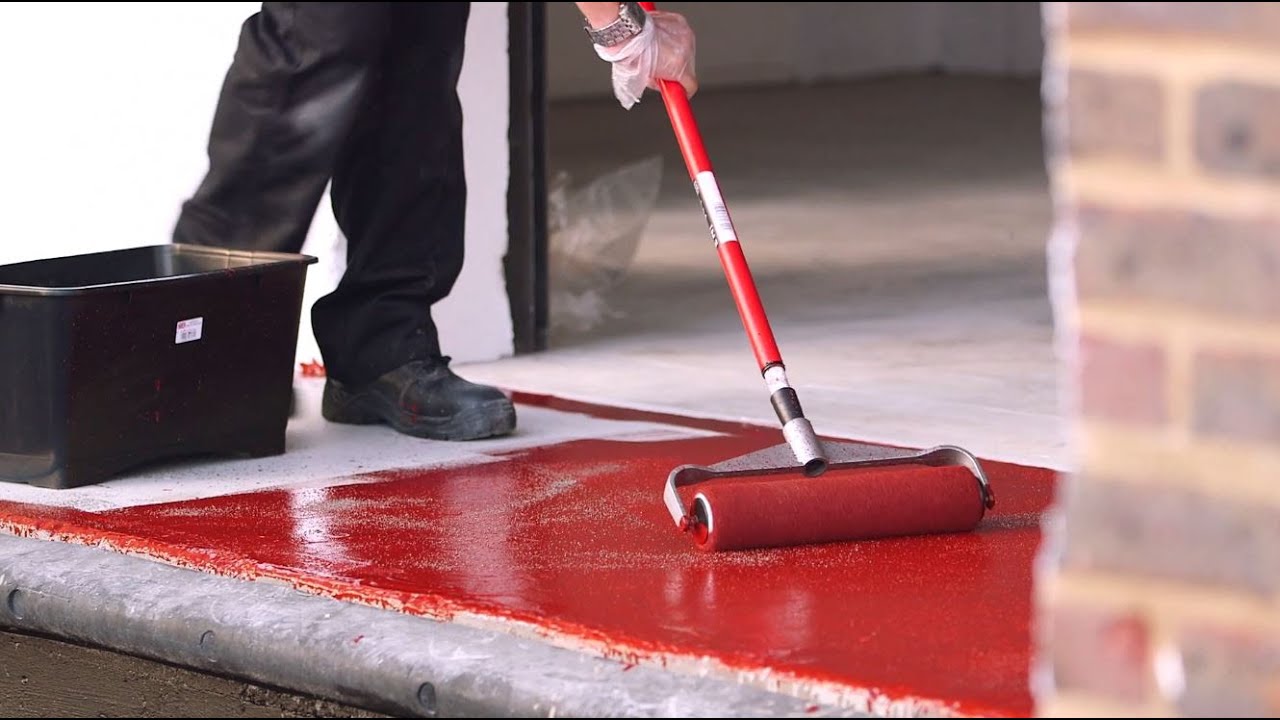
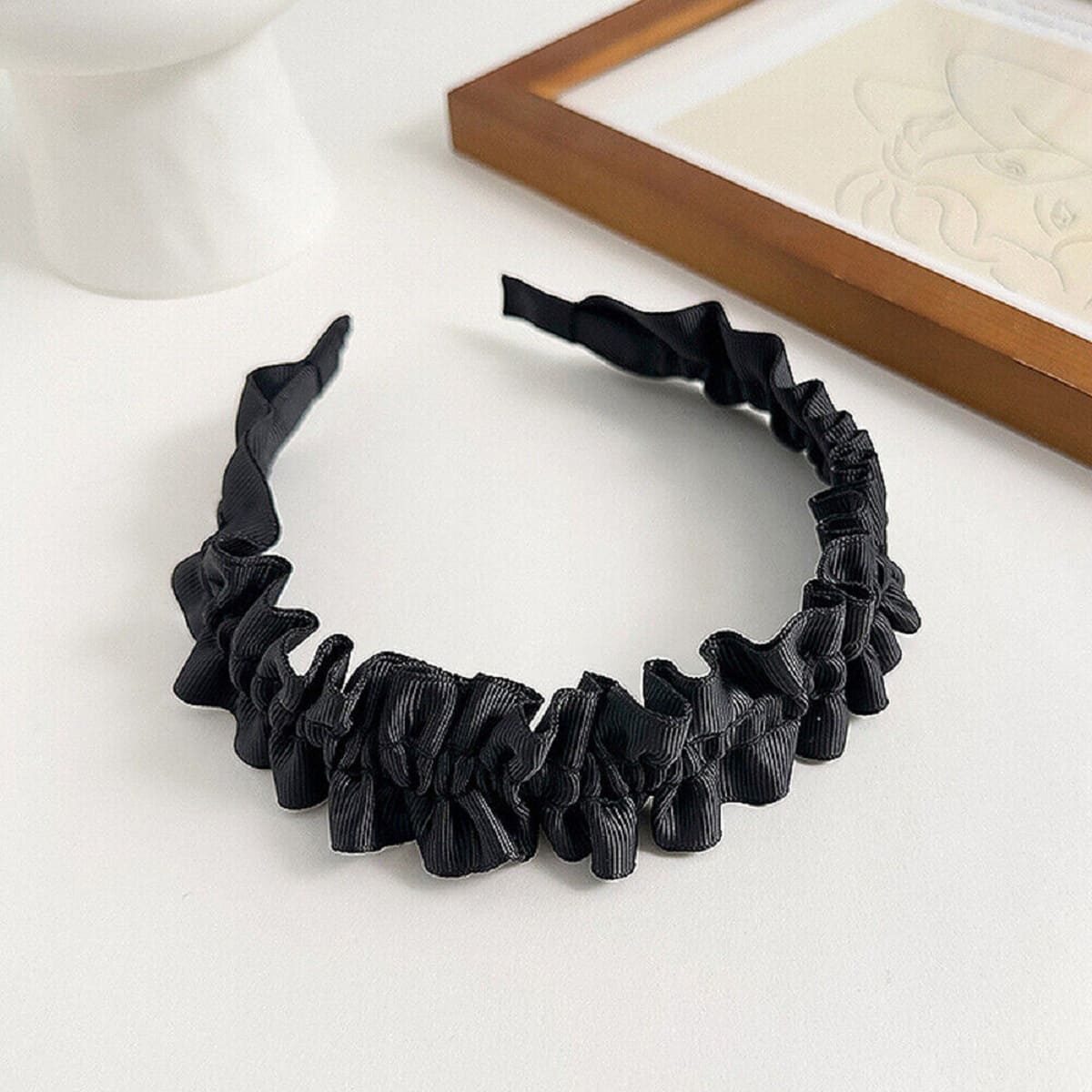

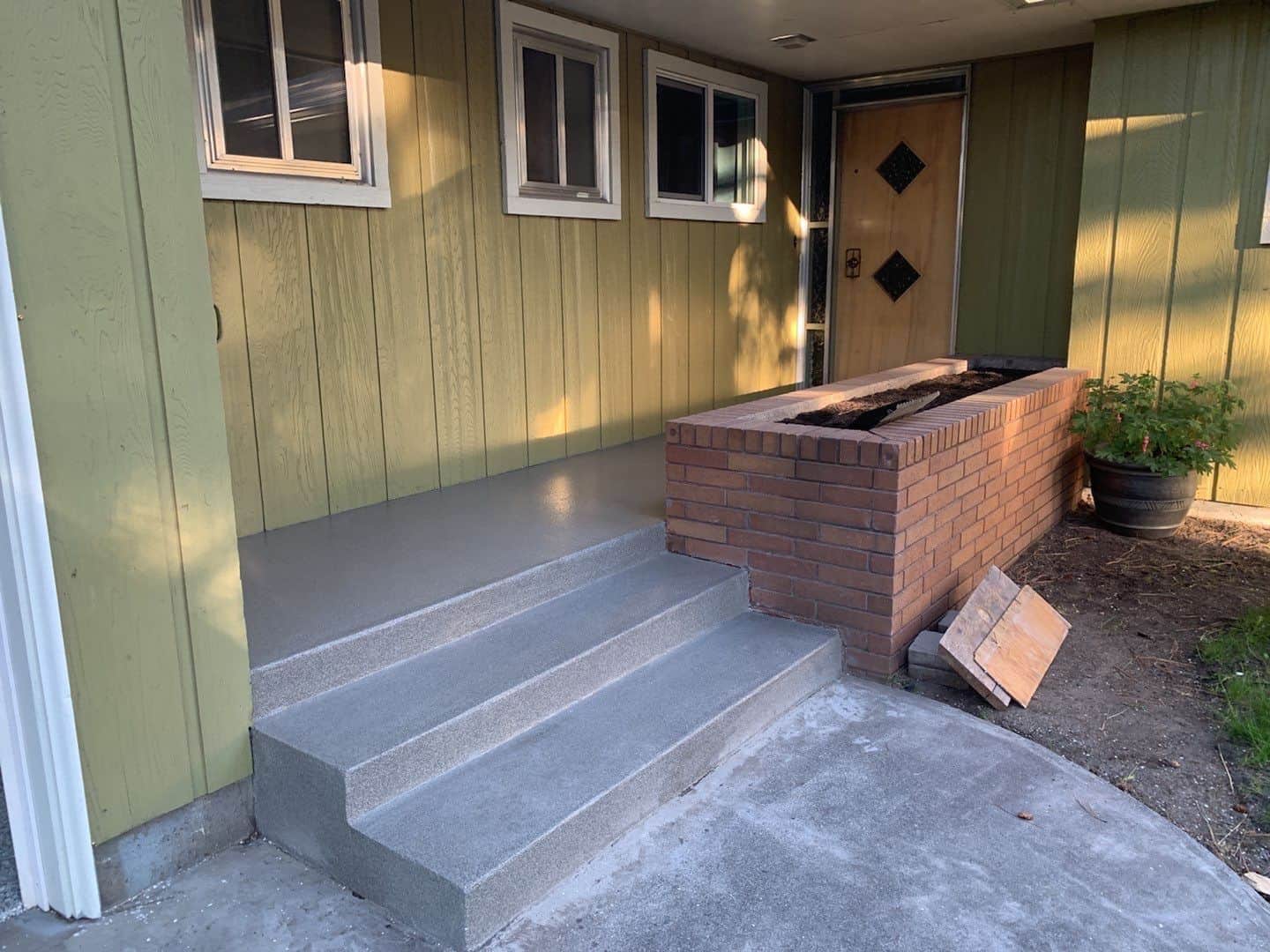
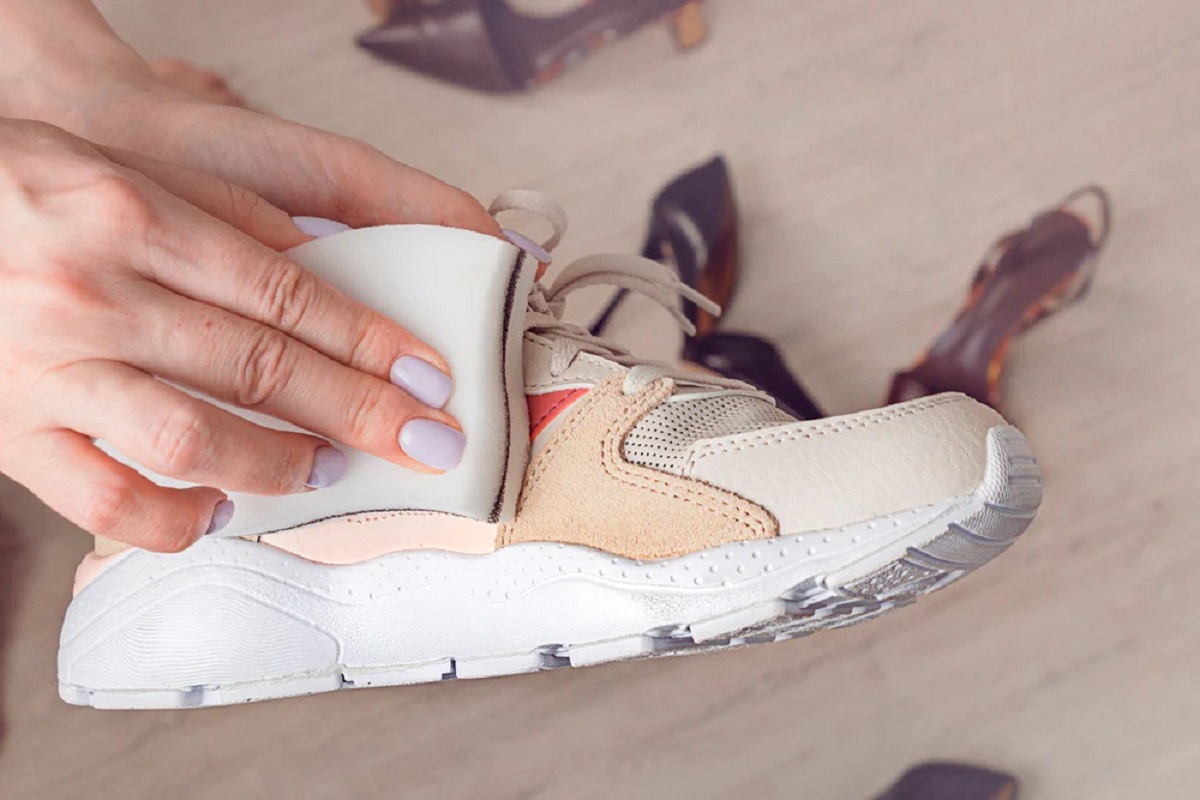
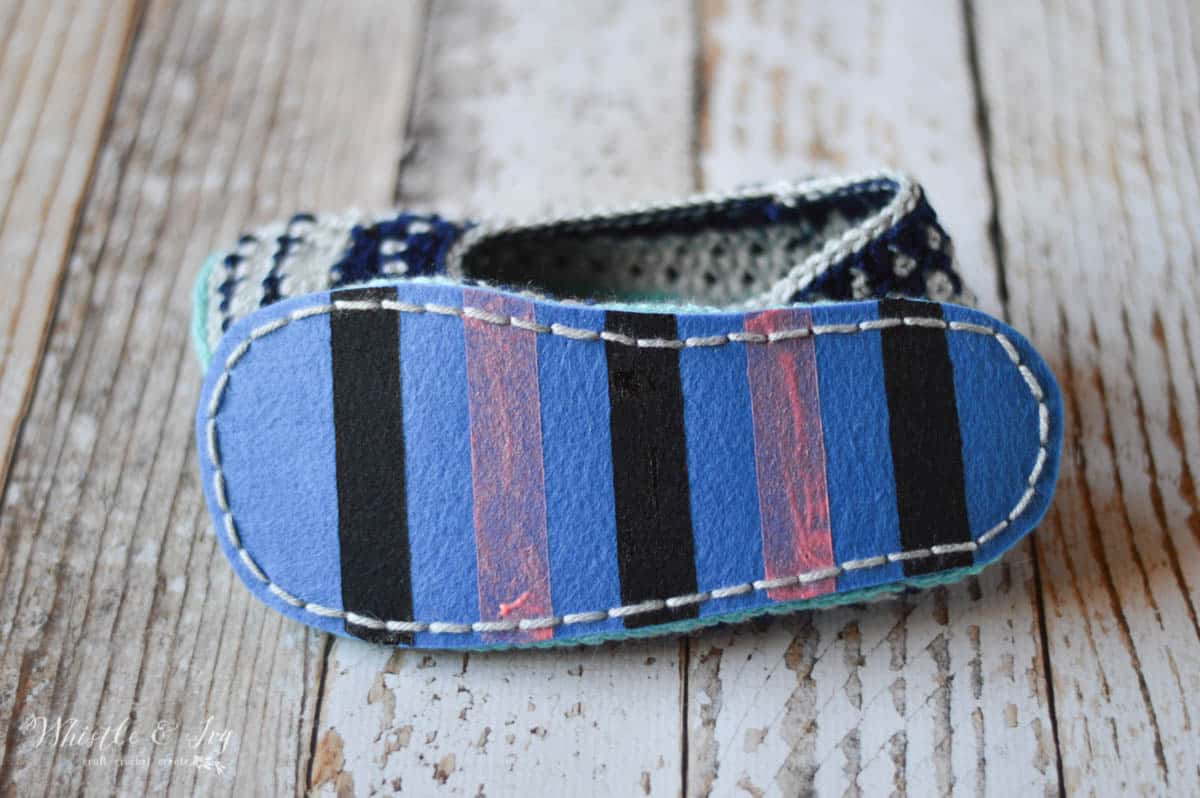
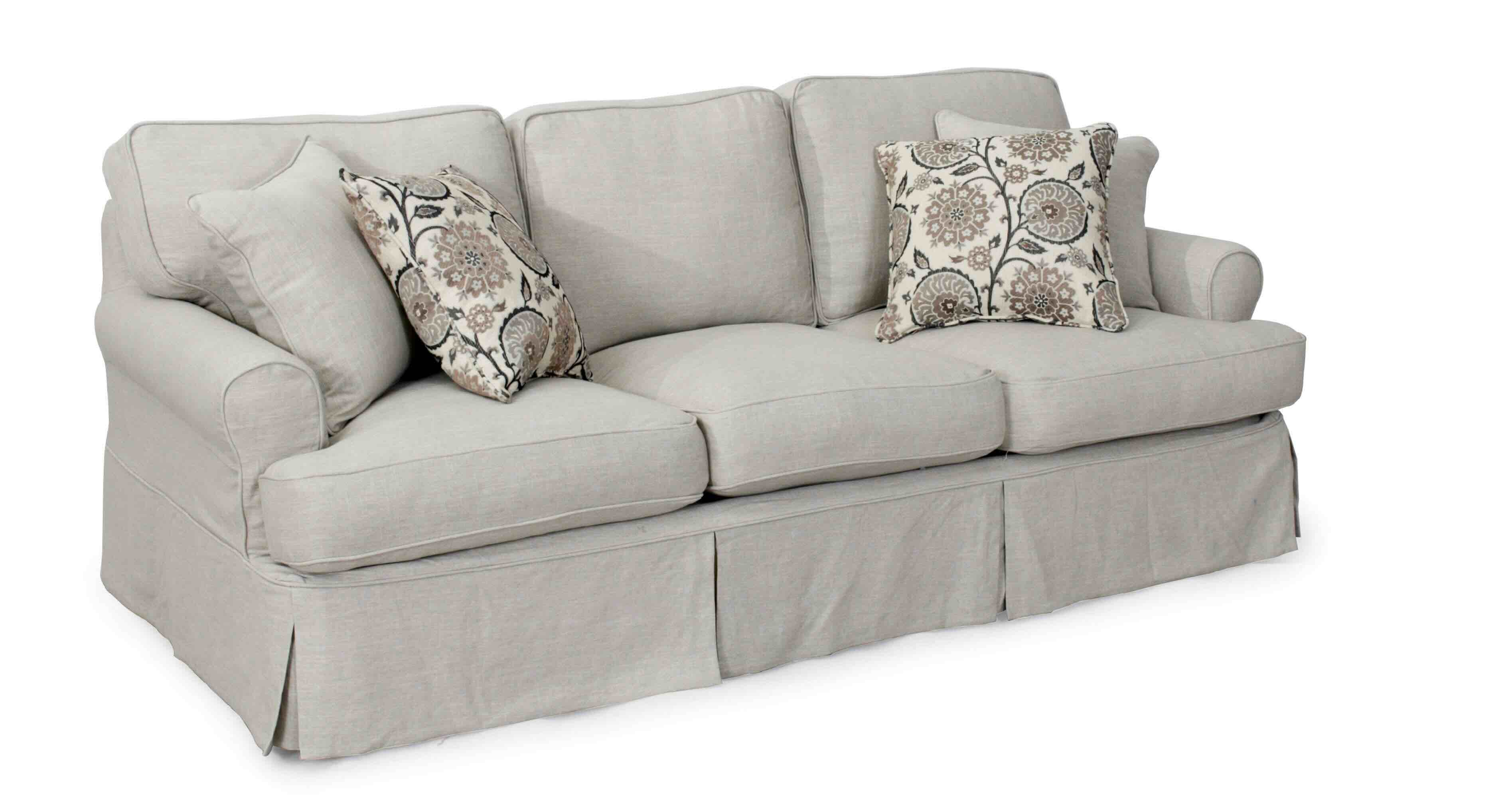
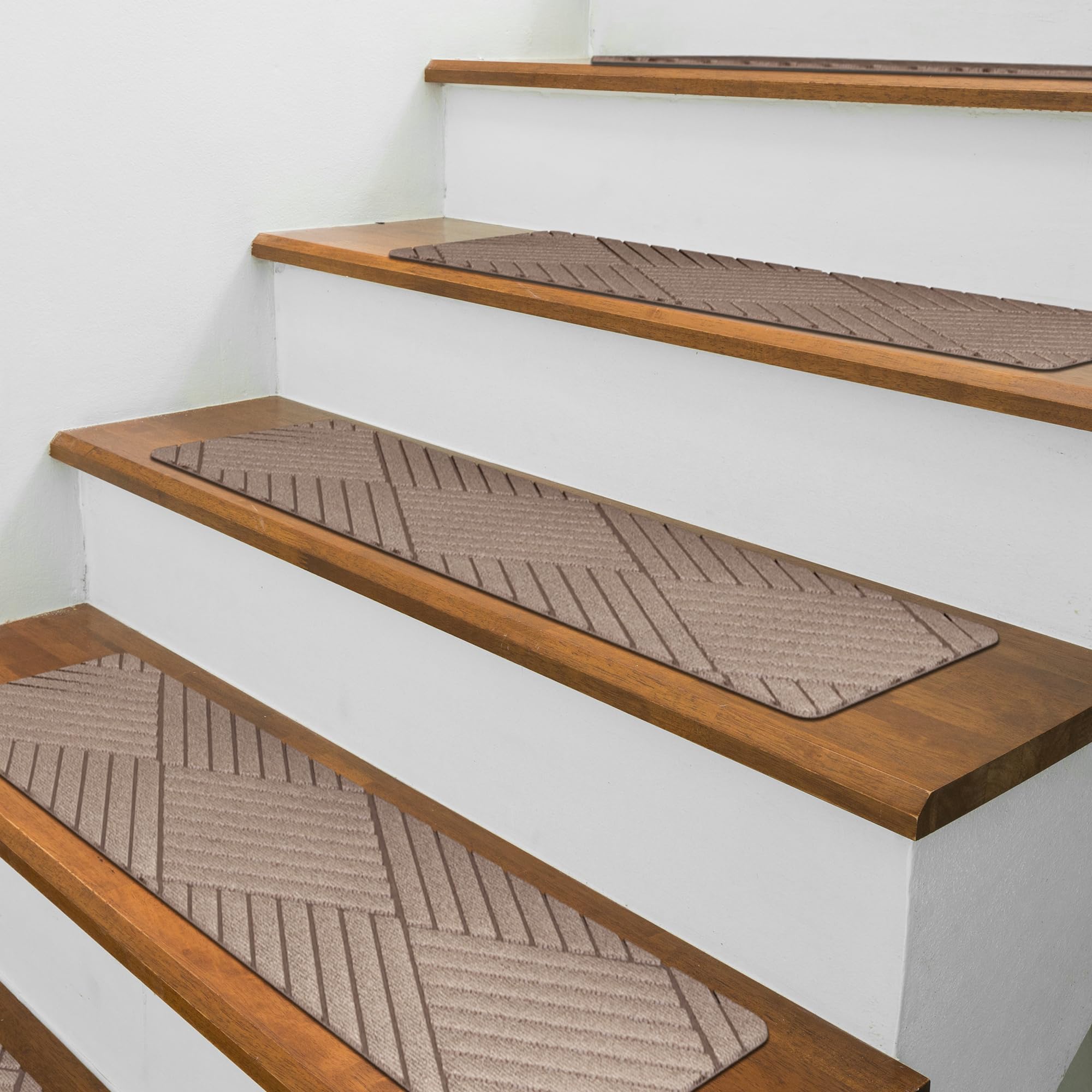

0 thoughts on “How To Not Slip In The Bathtub”